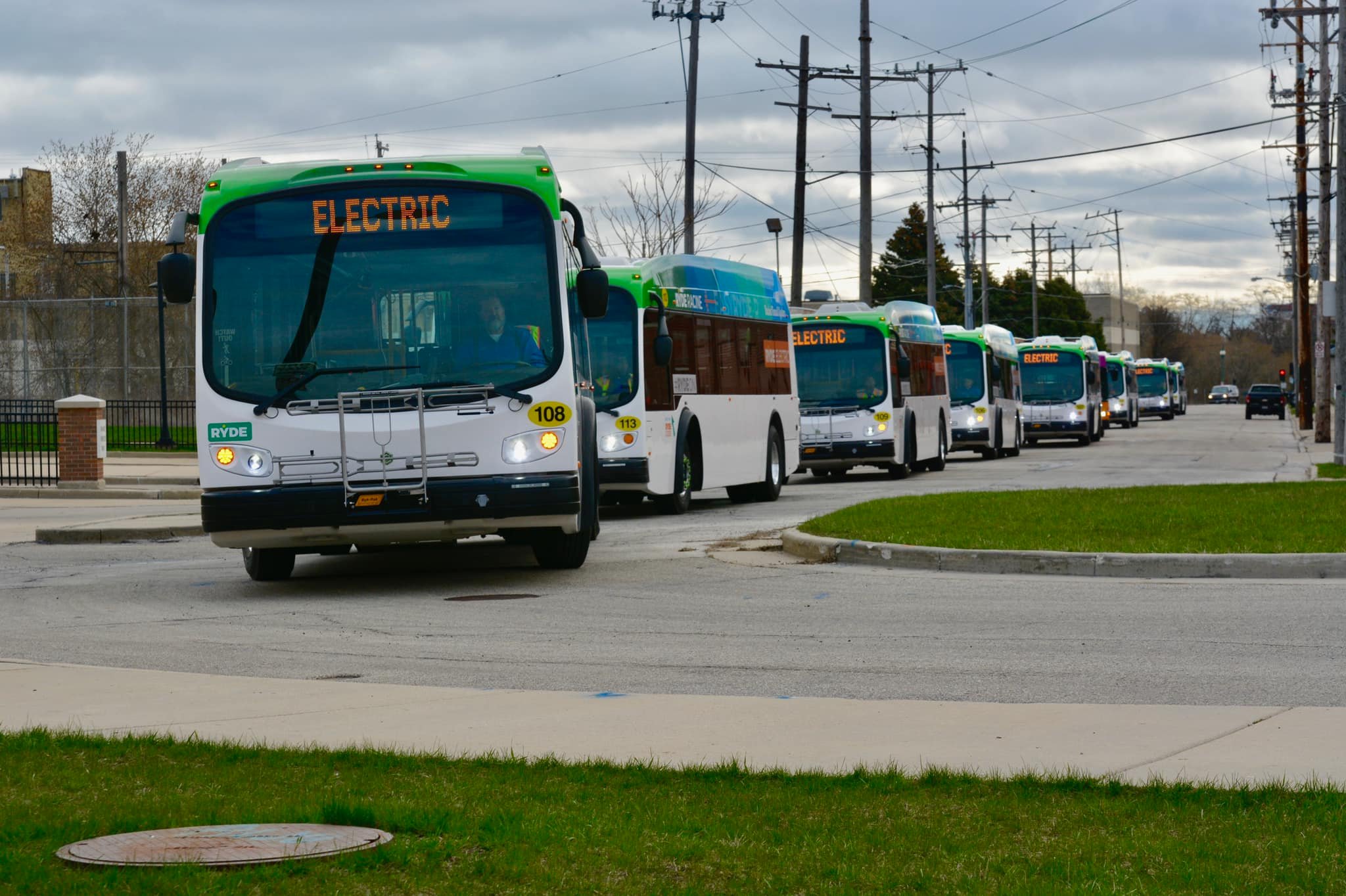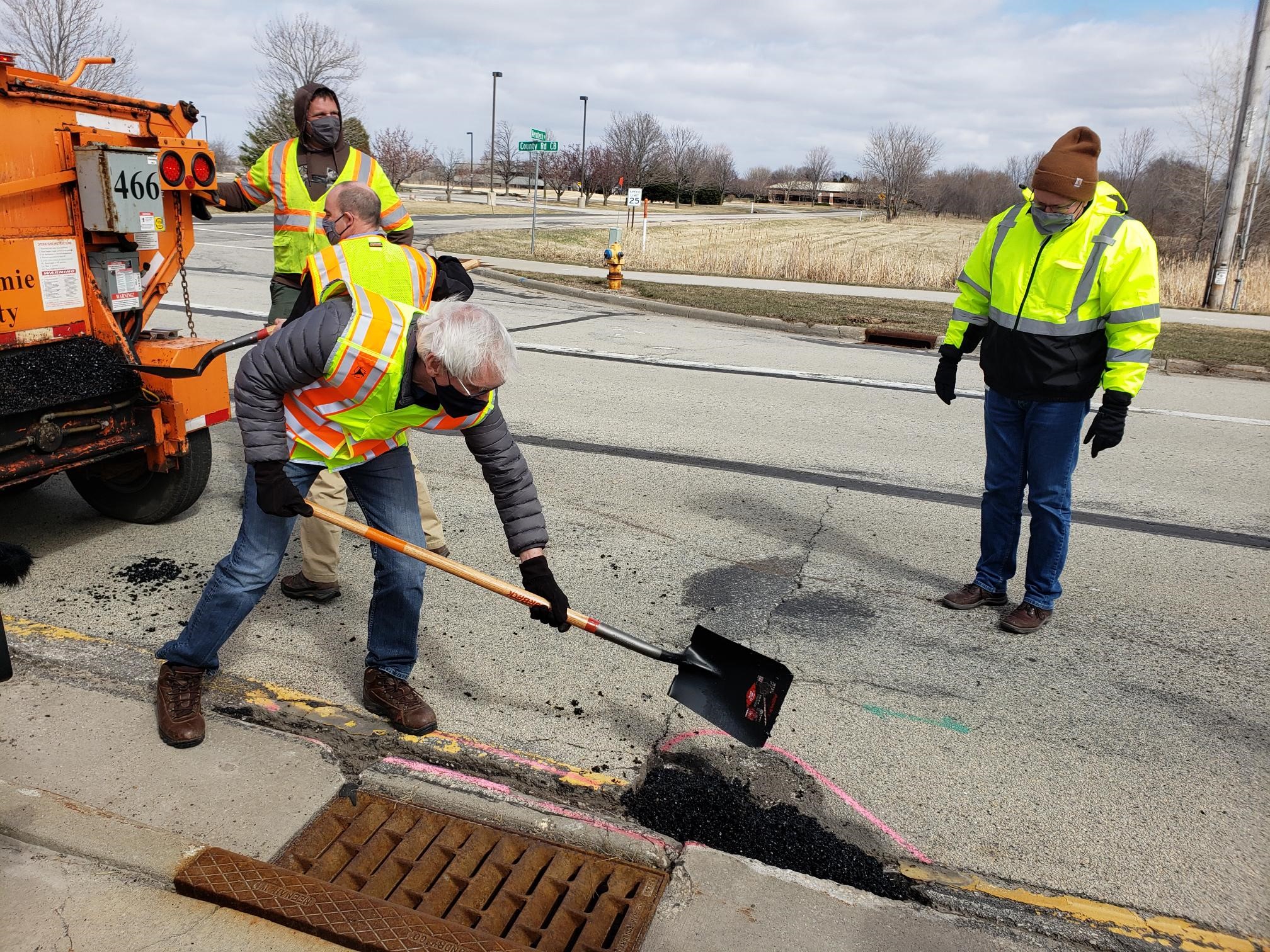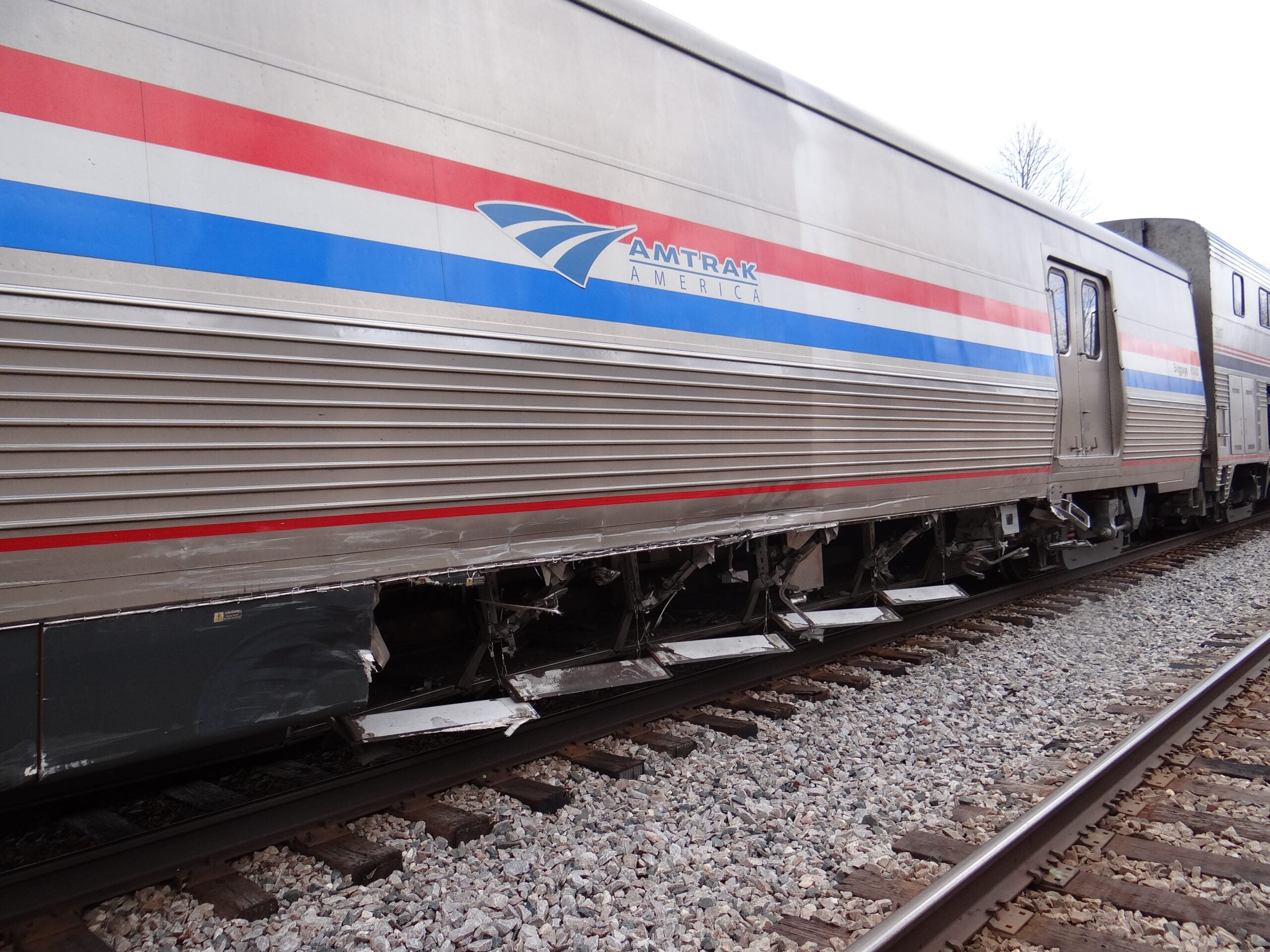The Wisconsin Department of Transportation has a new leader. Kristina Boardman started the role this month and oversees one of the largest state agencies with thousands of employees and a biennial budget of more than $8 billion.
Previously, Boardman was the deputy secretary of the DOT and held leadership roles in the Department of Motor Vehicles.
Gov. Tony Evers appointed Kristina Boardman as DOT secretary in September. Her appointment is pending confirmation by the State Senate.
Stay informed on the latest news
Sign up for WPR’s email newsletter.
Secretary-designee Boardman joined WPR’s “Wisconsin Today” to discuss her priorities for roads and infrastructure projects. She also said the department is studying passenger rail stops in Madison, Eau Claire and Green Bay.
This transcript has been edited for clarity and brevity.
Kate Archer Kent: You’re one week into the job as secretary-designee. What are your immediate priorities?
Kristina Boardman: I have been working under Secretary Craig Thompson for the last year and so I have really seen a lot of great things happen at the department and I just really want to continue that momentum.
I want to continue supporting the WisDOT workforce of about 3,200 employees.
We still have a couple more years of the Bipartisan Infrastructure Law, which is bringing a lot of new resources to Wisconsin. We’ve received about $1.5 billion in discretionary funds over the last couple years and it’s a historic opportunity.
I also want to make sure that we have the technology that we need here at the department.
KAK: The American Society of Civil Engineers released its infrastructure report card this week and we talked with the society’s regional director, Ken Mika, about the impact of the Bipartisan Infrastructure Law. He said that the funds are improving Wisconsin infrastructure but it is a small percentage of what the state needs.
Ken Mika: In 2026, when the funding runs out, that’s gonna be when the real questions begin, because if we are not able to substant this amount of infrastructure investment into our roadways and other areas, we’re going to see everything drop to pre 2021 infrastructure grades.
KAK: What do you make of that assessment?
KB: We are keeping a very close eye on that. Transportation is funded through a variety of means, primarily the gas tax registration fees that people are paying, as well as what we are getting from the federal government. We know that some of those revenues are going down and so we need to ask, how do we continue the investment in transportation?
It’s very disruptive to have an influx of money and then not have projects and then try to ramp it back up again. We would prefer to have a sustainable source so that we can continue the work that’s very much needed throughout the state.

KAK: What is your next step for rail transportation in Wisconsin?
KB: We received some grants and they’re called corridor IDs. So we’re looking at a number of other routes and doing a feasibility study. Borealis has been wildly successful. It exceeded our expectations. We sometimes sell out on the weekends and so it’s very exciting to see that interest from the public.
Other things that we are looking at is having a route through Madison and Eau Claire. We want to have a second service for Borealis as it is once up and back per day.
Then, our very popular Hiawatha route which is Chicago to Milwaukee, we would like to increase to 10 round trips a day. Then finally, a stop in Green Bay. We’re doing the study now to see if it makes sense and that’s really the first step in studying those issues
KAK: Any timeline for when these studies will end or the next phase?
KB: We are full steam ahead. I think over the next three years we will have a better idea. We are looking at the Madison one right now. We hope to have more information in the next couple years once those studies are complete

KAK: Rural communities in Wisconsin face some of the more difficult transportation challenges. What will your approach be to rural transportation?
KB: A new program that we launched this year is specifically helping the rural areas: the Agricultural Road Improvement Program. There was about $150 million that was moved over to that program this year and that is really targeting some of those local rural areas, especially adjacent to farms and agricultural roads.
We are connecting with all of our 72 counties and asking what is most needed. The local road program is super important, and finding new opportunities to get that money there locally for those biggest needs, for those last mile issues, is a priority for us.
Wisconsin Public Radio, © Copyright 2024, Board of Regents of the University of Wisconsin System and Wisconsin Educational Communications Board.

